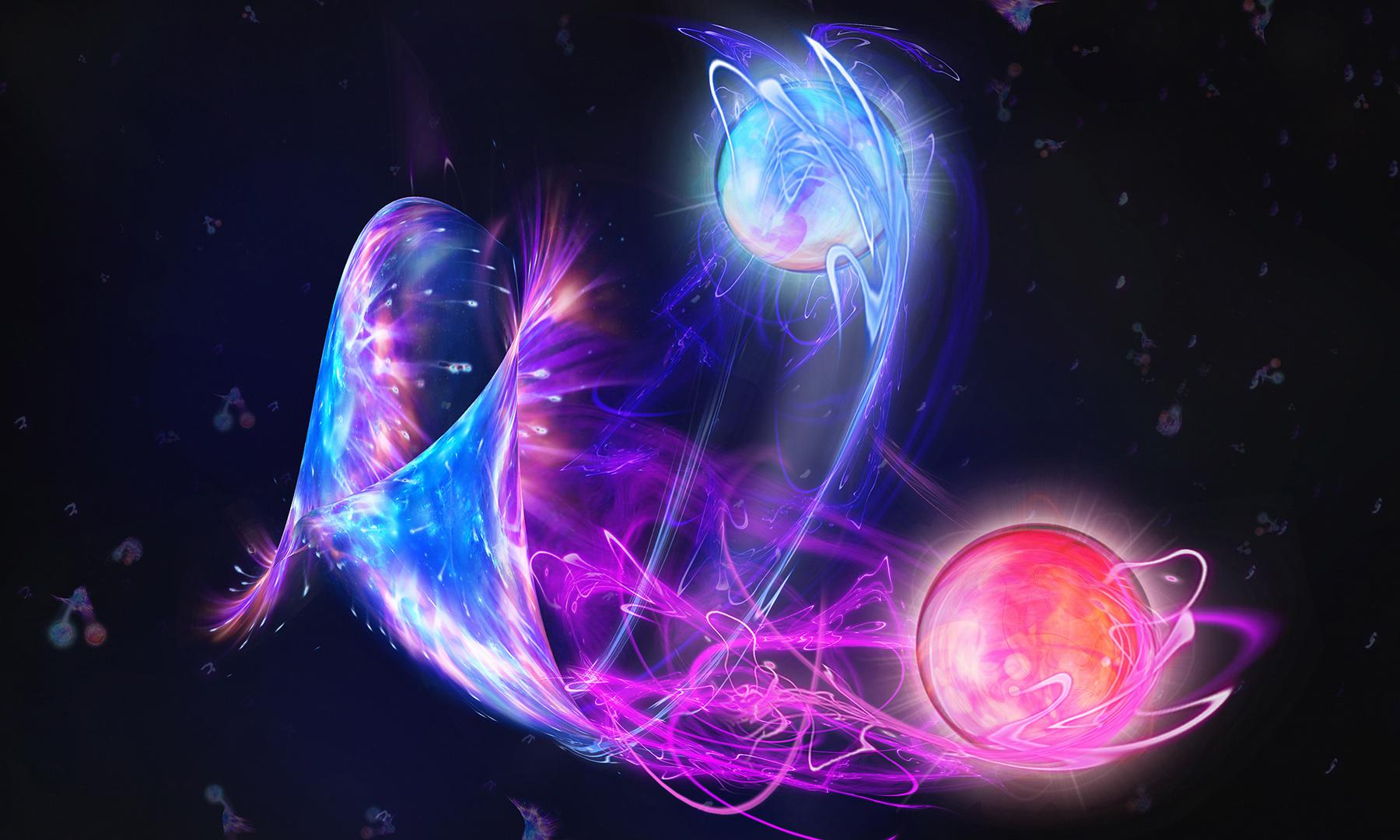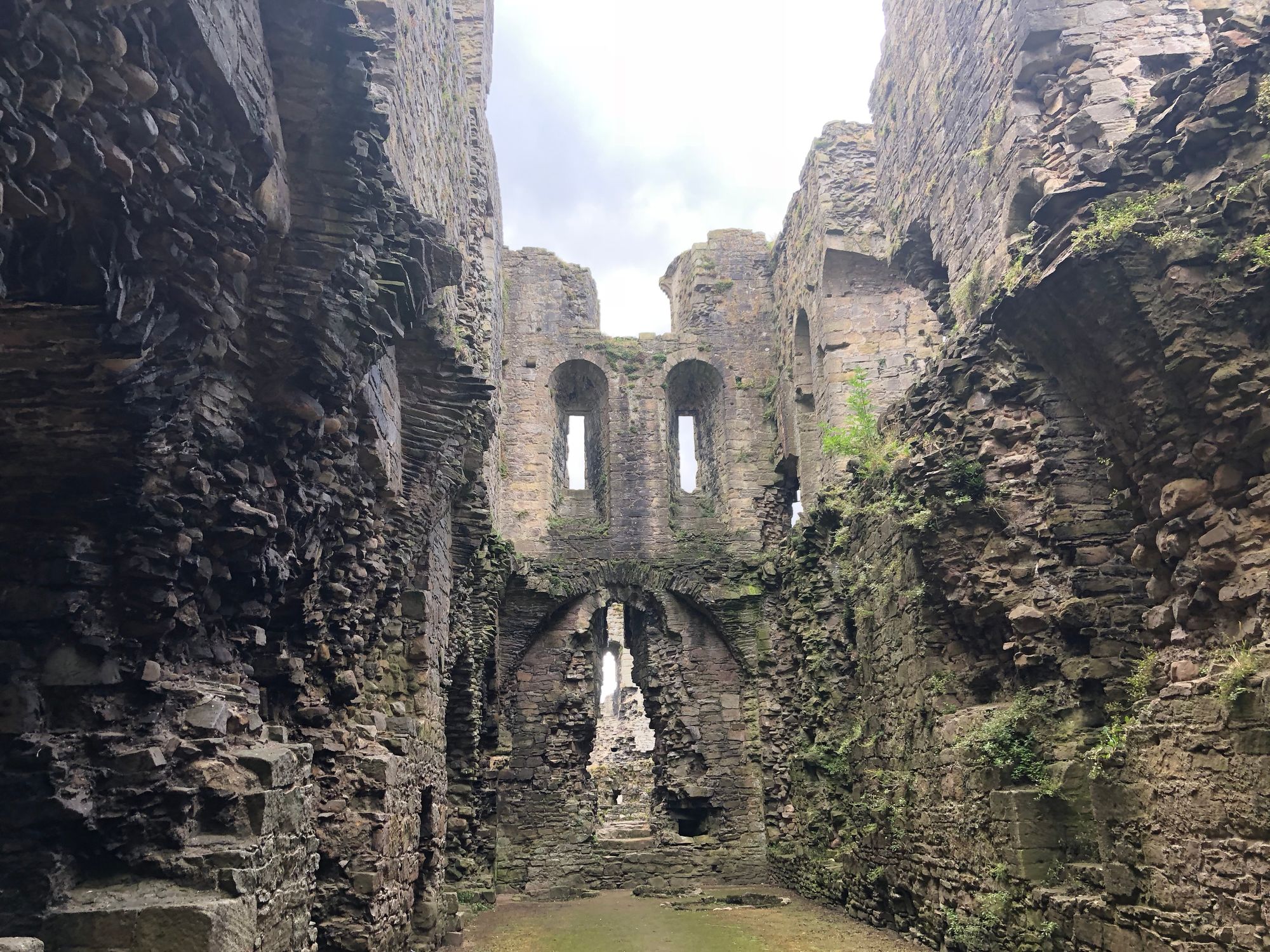Tale of the Tape: The Classical Network Stack Versus the Quantum Stack
Learning as We (Okay, I) Go
So, where were we? Oh, yes, I concluded yesterday’s proceedings by saying that I planned to sketch the outline of a quantum network stack.
I also said, perhaps too optimistically, that I would take a stab at describing quantum’s answer to a content distribution network (CDN). A conventional CDN, for reasons I have decided to address at a later date (presuming there’s sufficient interest in the topic), isn’t constitutionally suited to the distribution of quantum information.
I’ll omit the CDN discussion for now. I’m at a point in life where I can finally cut myself some slack. It wasn’t always that way. My current paradox is that I’m my own boss, but I occasionally rebel against the oppressive management, unable to resist the impulse to defy and subvert authority. Admittedly, it’s a complicated relationship.
Enough. Let’s look at how a quantum stack maps to a classical stack. Speaking of paradoxes, we will quickly discover — this post contains fewer than 1,300 words — that the two stacks are starkly dissimilar, but that they’ll work together, or in parallel, to serve future networking requirements as (when) quantum computing gains favor.
When assessing a quantum network stack, we will use the OSI stack as a comparative model. At each layer, how might a quantum model compare or contrast with each respective OSI layer?
Stacking It Up
Where the OSI model features its physical layer — the foundational slab of the three media layers — quantum networking has quantum channels (photonics, matter qubits). Up a few stairs from the basement, where the link layer resides in the OSI model, we’d find quantum-native error correction and entanglement purification, which is easy for me to type but hard to do, involving the invocation and application of various quantum protocols. The penthouse of the media layers, the network layer, is where we’d find entanglement routing and swapping in quantum networking.
As we move up to the transport layer, where the likes of TCP and UDP make their contributions in classical networking, we would find quantum’s end-to-end entanglement and qubit delivery.

I’m tempted to skip the session layer, if only because — the failed promise of SIP notwithstanding — nearly everybody gives it a wide berth. Okay, I took that a bit too far, but not much. The session layer is there, of course, and it’s obviously there for a reason, but it’s not as if anybody is waxing eloquent on the subject.
Still, let’s briefly touch on how the quantum stack might provide something commensurate with a session layer. In this case, we’ll find that less is more.
There's No Need for That Here
In classical networking, the session layer manages session establishment and termination, session synchronization, and dialogue control. As we move to quantum, what do we find? First off, quantum connections are not conventionally persistent. Entanglement-based communications, as we discussed briefly yesterday, are one-off occurrences rather than persistent, maintained sessions. Accordingly, there is no requirement for classical session management in the purely quantum world.
Similarly, whereas checkpoints facilitate failure recovery and session synchronization in classical networking, quantum’s no-cloning principle means checkpointing isn’t relevant for quantum states. In quantum, failures necessitate restarts rather than session resumptions. You’re going to notice a recurring theme here, because conventional dialogue control and management also do not apply in quantum communications, where pre-established and predetermined direction and coordination are applied.
That means quantum networking would have its own mechanisms that wouldn’t look at all like today’s session layer. Instead, you’d have entanglement session coordination, orchestrating and managing the lifecycle of quantum resources, such as entangled pairs.
Furthermore, because quantum networks would work in conjunction with classical networks, we would find a requirement for something akin to quantum-classic synchronization. Also, considering that quantum networking prescribes predetermined coordination and direction, we might see a form of quantum resource reservation, whereby quantum resources would be booked and scheduled in advance so that they’ll be available when needed. I suppose we might think of that functionality, if we squint and force the analogy, as quantum’s highly specific and self-contained answer to classical networking’s resource-reservation protocols.
As with much of any prospective quantum-networking stack, quantum functionality would not, strictly speaking, replace classical mechanisms. Instead, quantum technology would work with classical models. Classical networking would continue doing what it does best, and quantum networking would address all things specific and inherent to the quantum realm. At the disdained session layer, for example, we might find a distributed approach where session management is handled partly by classical control channels and partly by quantum-specific resource management systems.
A Different Presentation
The presentation layer, ahem, presents a similar scenario. In classical networking, the presentation layer addresses data translation, encryption, and formatting. In a quantum context, these capabilities are unnecessary or radically dissimilar from those accommodated within the conventional presentation layer. A qubit is absolutist in nature: It’s always a qubit, and it has no need to be translated or encoded into other formats. The quantum state is the information carrier, not a representation or presentation of one.
Additionally, encryption and decryption are functions implemented by the OSI presentation layer; but encryption is an inherent property of quantum. No additives are required. When we come to compression, it’s essentially the same story: the no-cloning theorem means that traditional compression techniques are verboten.
Instead of the functionality associated with the traditional presentation layer, a quantum network stack might offer a quantum-state translation layer to reconcile and bridge different physical quantum technologies; an entanglement management layer, which would track and allocate entanglement resources (no analog for this functionality exists in the classical stack); and an interface layer to coordinate between classical and quantum information, essential for real-world scenarios where classical and quantum infrastucture must work together.
Again, a classical network stack would handle all traditional concerns and a quantum stack would account for the quantum concerns. Interface protocols would coordinate and negotiate communication between the two worlds.
Finally, we get to the application layer, where a range of quantum protocols (QKD, teleportation, distributed quantum computing, etc.) will hold sway. These will apply to quantum application environments, but they will not obviate the need for a classical stack, including a classical application layer.
The future, then, involves not a trashing of the past, but a coexistence of the new and the old, er, classical. All the functionality encapsulated and implied by the classical stack isn’t going anywhere. Meanwhile, quantum networks require a different stack to address different requirements. At the end of the proverbial day, however, the two will coexist and complement each other.
Still Learning — with No False Modesty
Before I leave you today, I feel compelled to provide a caveat and a mea culpa.
As should be apparent, I’m not a quantum expert. I’m just a learner, and I should have a quantum beginner’s license plate stapled — on second thought, stapling would hurt, so let’s go with “taped” — to the back of my head. Still, I like to challenge myself occasionally, to learn new things, to swim in new waters figuratively and literally.
In the literal sense, I once swam far out from shore on a Pacific Ocean beach in Mexico. Looking back at the distant shore, I saw red flags and people waving at me. Thinking they were being friendly, I smiled and waved back. Apparently, I shouldn’t have been out there. The red flag was intended to warn of danger, and the waters that day were treacherous. I paddled strenuously back to shore, incurring no more damage than bruised and skinned knees. I suppose it could have been worse.
I hope I emerge relatively unscathed, and perhaps a little wiser, from this brush with quantum networking and the mysteries of entanglement. Even so, I have much to learn.
